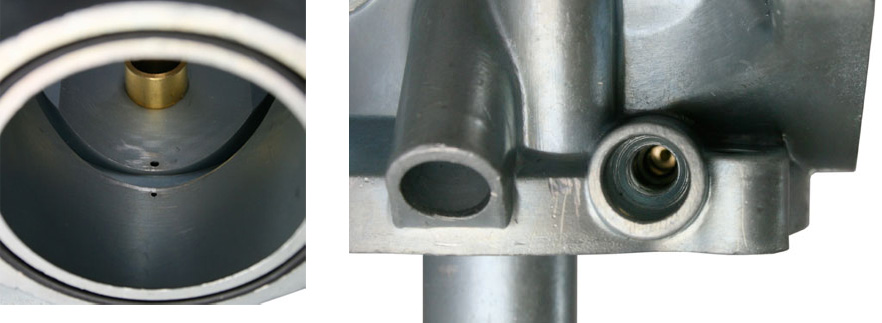31
British Bikes / Re: T100 68 lighting problem
« on: May 19, 2020, 07:02:44 PM »Hi LAB thanks for the reply I may have fkd up here (bike is + earth) as I have only 2 wires going from the new loom to the ammeter
brown/white & brown/blue no other wires at all
I installed the new Lucas single phase 120 watt reg/rec as per the instructions ie: discard original diode & rectifier
connect 2 x yellow wire from the stator then a black neg to the battery ( new reg/rec has 4 wires only 2 yellow 1 black 1 red )
and a red pos to earth/ground so do I still need a wire from the ign. switch to one side of the ammeter?
Unfortunately, reg/rec instructions often don't take into account the presence of an ammeter.
so do I still need a wire from the ign. switch to one side of the ammeter?
What you need to do is completely disconnect the black negative wire from the battery and reconnect it to the ignition switch side of the ammeter.
It is probably charging as it is connected now but because the negative wire is connected to the 'wrong side' of the ammeter it won't show 'charge'.



 ?
?